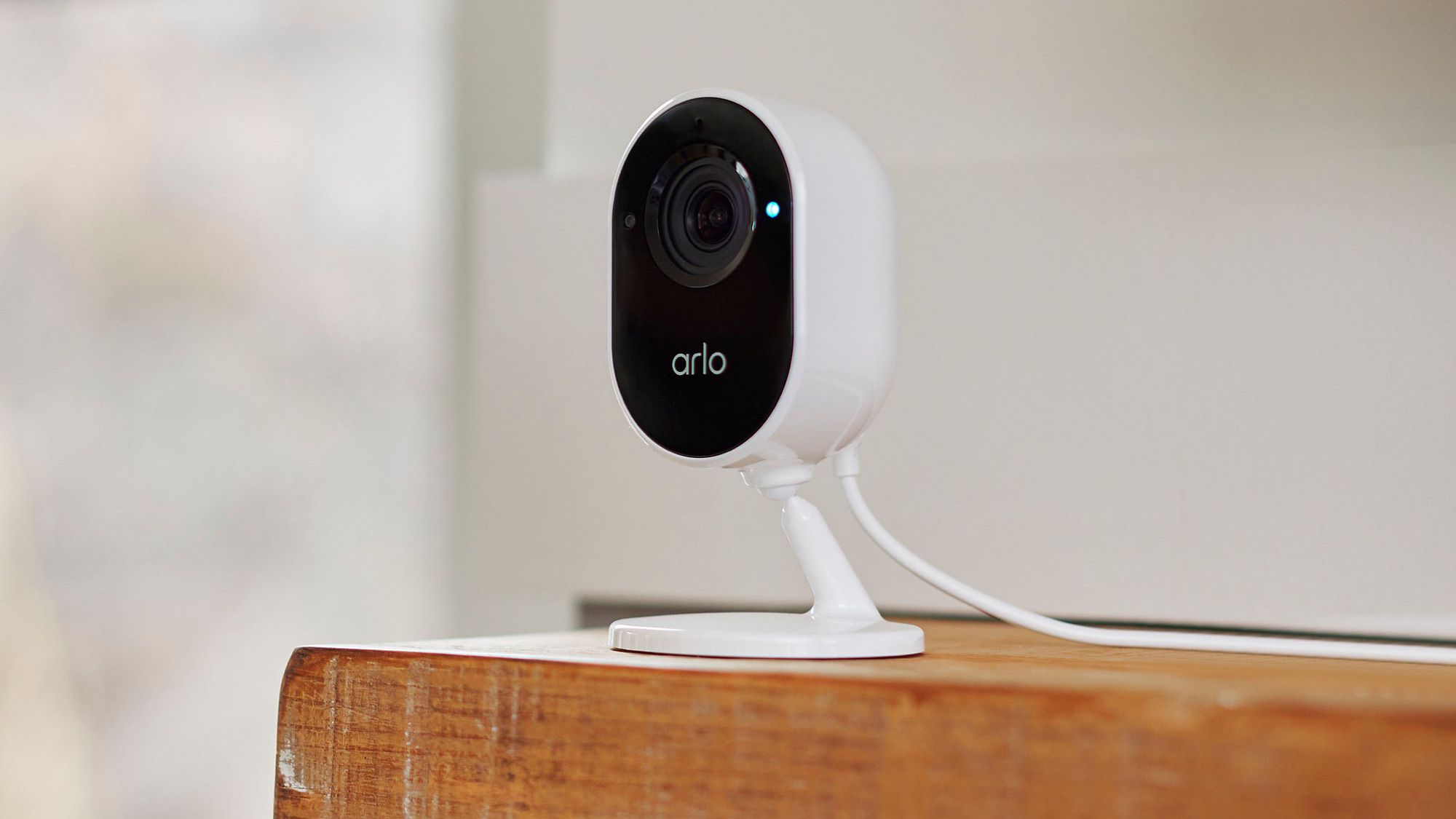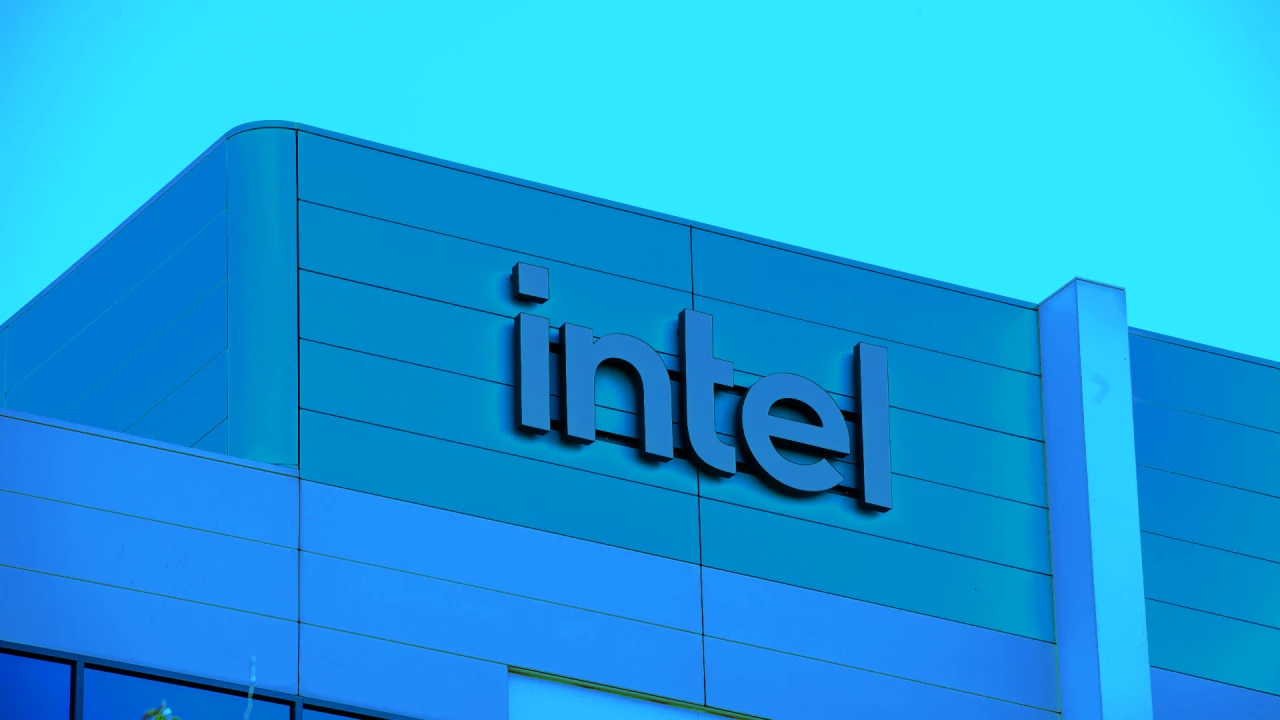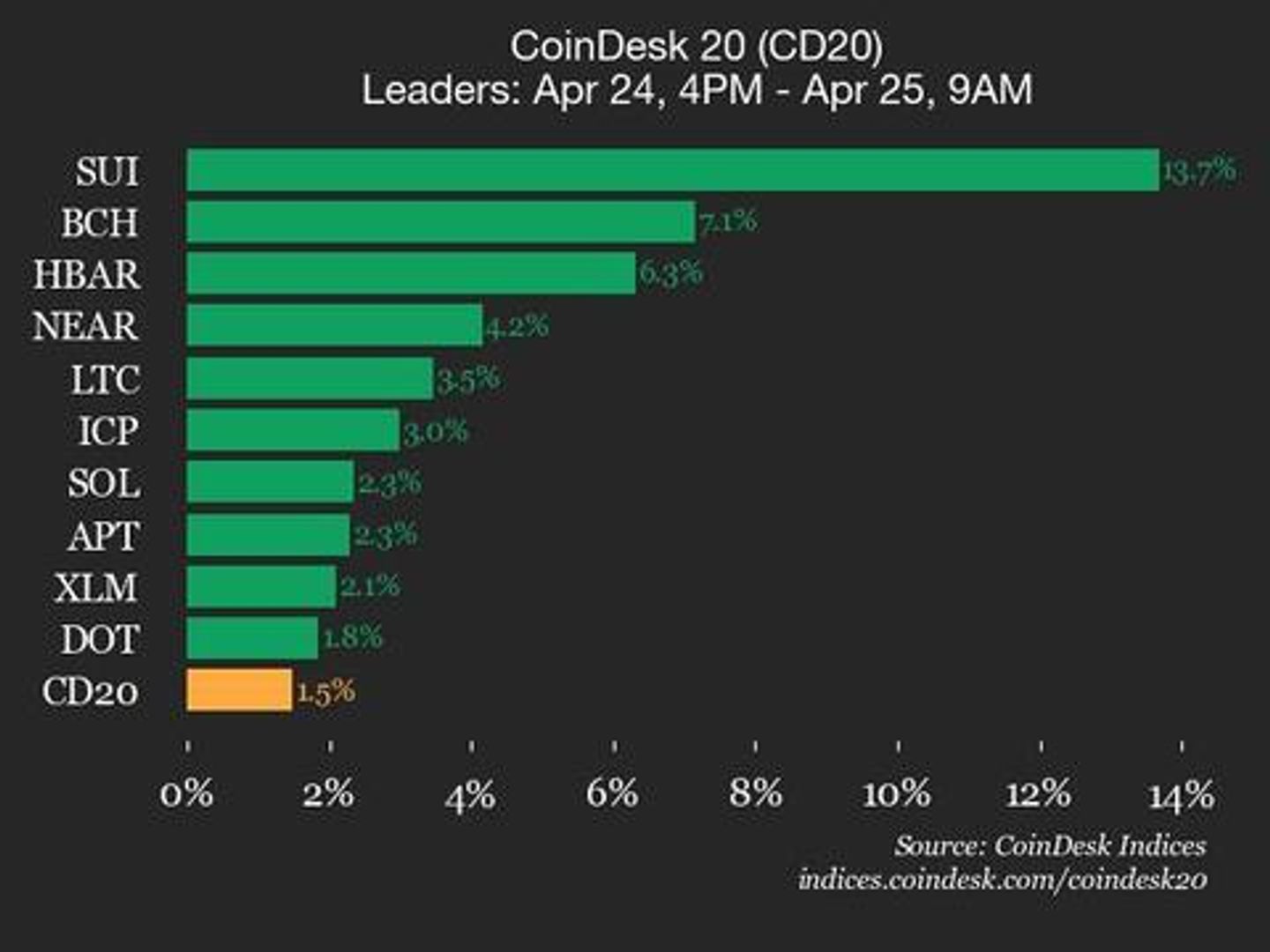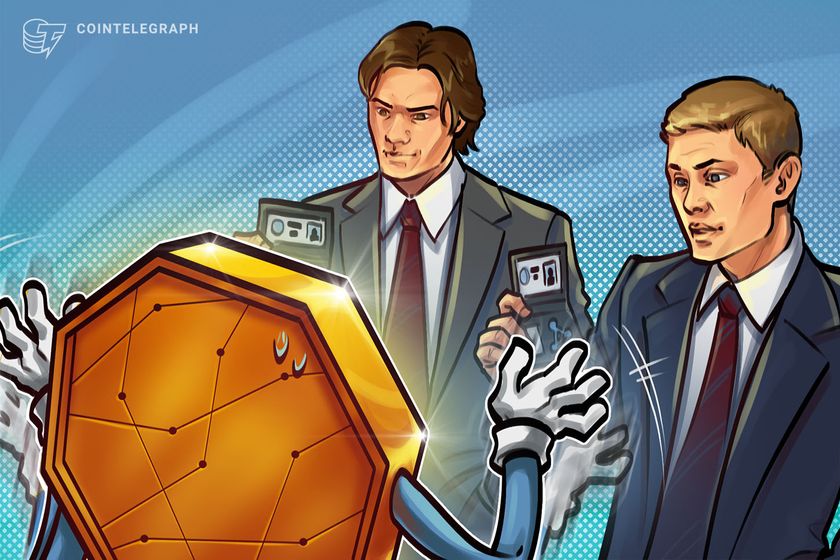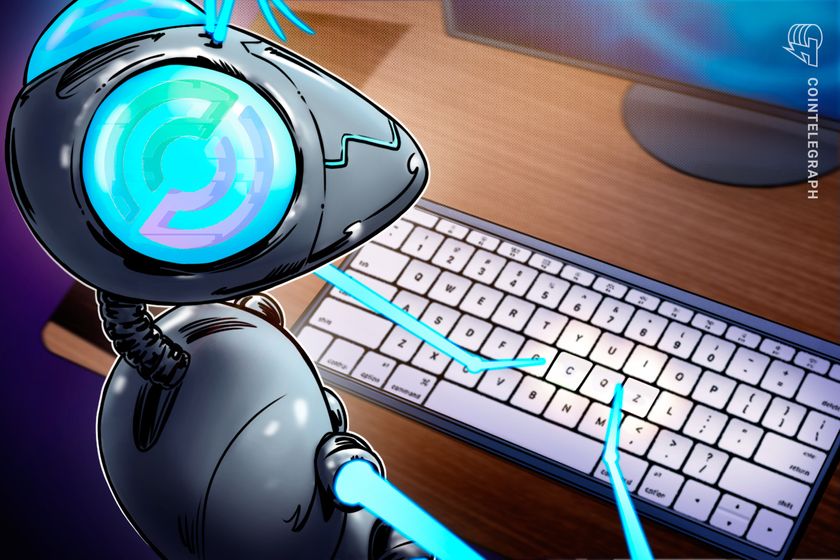7 Common DevOps Interview Questions – With Real-World Answers
Cracking a DevOps interview requires more than just knowing tools—it’s about understanding principles, automation, collaboration, and real-world application. In this blog, we’ll break down 7 frequently asked DevOps interview questions, complete with practical answers that demonstrate experience and insight. 1. What is DevOps and why is it important? Answer: DevOps is a culture and set of practices that aim to unify software development (Dev) and IT operations (Ops). The goal is to shorten the development lifecycle, improve collaboration, and deliver high-quality software faster through automation, continuous integration/delivery (CI/CD), and monitoring. Real-world note: In my last project, implementing DevOps reduced our deployment time from hours to minutes, thanks to automated testing and CI/CD pipelines. 2. What is CI/CD and how have you implemented it? Answer: CI/CD stands for Continuous Integration and Continuous Delivery/Deployment. CI ensures that code changes are automatically tested and integrated into a shared repository. CD automates the delivery of code to production. Real-world note: At my previous company, we used GitHub Actions with Docker and Kubernetes. Our CI pipeline ran unit tests, while the CD pipeline deployed to a staging cluster using Helm. 3. What is Infrastructure as Code (IaC) and what tools have you used? Answer: IaC is the practice of provisioning and managing infrastructure using code instead of manual processes. Tools like Terraform, AWS CloudFormation, and Ansible are popular choices. Real-world note: I used Terraform to manage multi-cloud infrastructure and Ansible for configuration management. This approach helped us version-control infrastructure and rollback changes easily. 4. How do you monitor systems in production? Answer: Monitoring involves tracking application performance, infrastructure health, and user behavior. Common tools include Prometheus, Grafana, ELK Stack, and Datadog. Real-world note: I set up Prometheus with node exporters for server metrics and Grafana dashboards for visualization. We also used alerting rules to notify on-call engineers during system anomalies. 5. How do you ensure security in a DevOps pipeline? Answer: Security in DevOps (DevSecOps) involves integrating security at every stage of the pipeline. This includes static code analysis, secret scanning, dependency scanning, and access control. Real-world note: We used Snyk for dependency scanning, Trivy for container image scanning, and GitHub Secrets for managing sensitive data. IAM policies restricted access based on the principle of least privilege. 6. Describe your experience with containers and orchestration. Answer: Containers package applications with their dependencies for consistent deployment. Docker is used for containerization, and Kubernetes is the standard for orchestration. Real-world note: I containerized microservices with Docker and deployed them to a Kubernetes cluster on AWS EKS. We managed deployments using Helm charts and scaled pods based on CPU usage. 7. What are some challenges you faced in a DevOps role and how did you overcome them? Answer: Common challenges include tool integration, legacy systems, lack of automation, and cultural resistance. Real-world note: In one project, legacy systems didn’t support automated deployments. I introduced containerization step-by-step and created sandbox environments to demonstrate value before full adoption. Final Thoughts Preparing for a DevOps interview? Focus not just on tools, but how you’ve used them to solve real problems. Storytelling and clarity go a long way. Want more real-world DevOps insights? Follow me for future breakdowns and behind-the-scenes case studies!
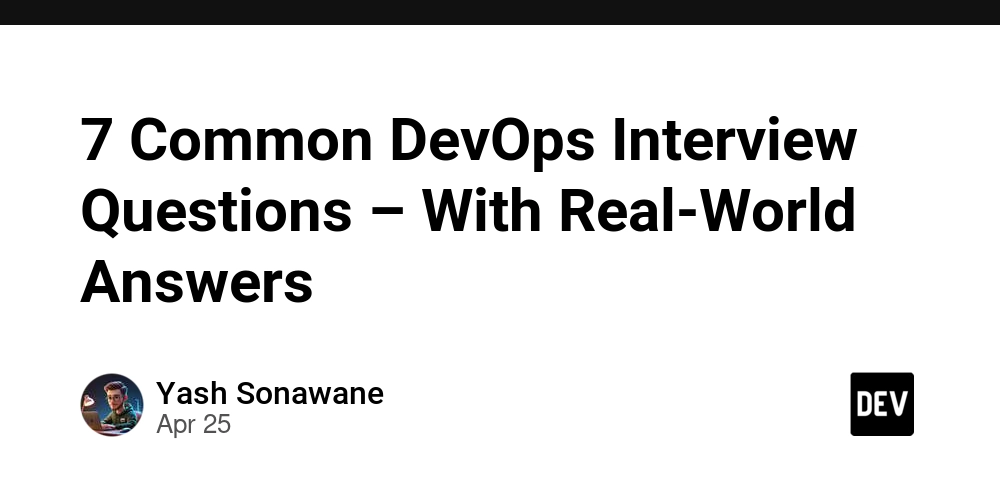
Cracking a DevOps interview requires more than just knowing tools—it’s about understanding principles, automation, collaboration, and real-world application. In this blog, we’ll break down 7 frequently asked DevOps interview questions, complete with practical answers that demonstrate experience and insight.
1. What is DevOps and why is it important?
Answer:
DevOps is a culture and set of practices that aim to unify software development (Dev) and IT operations (Ops). The goal is to shorten the development lifecycle, improve collaboration, and deliver high-quality software faster through automation, continuous integration/delivery (CI/CD), and monitoring.
Real-world note: In my last project, implementing DevOps reduced our deployment time from hours to minutes, thanks to automated testing and CI/CD pipelines.
2. What is CI/CD and how have you implemented it?
Answer:
CI/CD stands for Continuous Integration and Continuous Delivery/Deployment. CI ensures that code changes are automatically tested and integrated into a shared repository. CD automates the delivery of code to production.
Real-world note: At my previous company, we used GitHub Actions with Docker and Kubernetes. Our CI pipeline ran unit tests, while the CD pipeline deployed to a staging cluster using Helm.
3. What is Infrastructure as Code (IaC) and what tools have you used?
Answer:
IaC is the practice of provisioning and managing infrastructure using code instead of manual processes. Tools like Terraform, AWS CloudFormation, and Ansible are popular choices.
Real-world note: I used Terraform to manage multi-cloud infrastructure and Ansible for configuration management. This approach helped us version-control infrastructure and rollback changes easily.
4. How do you monitor systems in production?
Answer:
Monitoring involves tracking application performance, infrastructure health, and user behavior. Common tools include Prometheus, Grafana, ELK Stack, and Datadog.
Real-world note: I set up Prometheus with node exporters for server metrics and Grafana dashboards for visualization. We also used alerting rules to notify on-call engineers during system anomalies.
5. How do you ensure security in a DevOps pipeline?
Answer:
Security in DevOps (DevSecOps) involves integrating security at every stage of the pipeline. This includes static code analysis, secret scanning, dependency scanning, and access control.
Real-world note: We used Snyk for dependency scanning, Trivy for container image scanning, and GitHub Secrets for managing sensitive data. IAM policies restricted access based on the principle of least privilege.
6. Describe your experience with containers and orchestration.
Answer:
Containers package applications with their dependencies for consistent deployment. Docker is used for containerization, and Kubernetes is the standard for orchestration.
Real-world note: I containerized microservices with Docker and deployed them to a Kubernetes cluster on AWS EKS. We managed deployments using Helm charts and scaled pods based on CPU usage.
7. What are some challenges you faced in a DevOps role and how did you overcome them?
Answer:
Common challenges include tool integration, legacy systems, lack of automation, and cultural resistance.
Real-world note: In one project, legacy systems didn’t support automated deployments. I introduced containerization step-by-step and created sandbox environments to demonstrate value before full adoption.
Final Thoughts
Preparing for a DevOps interview? Focus not just on tools, but how you’ve used them to solve real problems. Storytelling and clarity go a long way.
Want more real-world DevOps insights? Follow me for future breakdowns and behind-the-scenes case studies!


















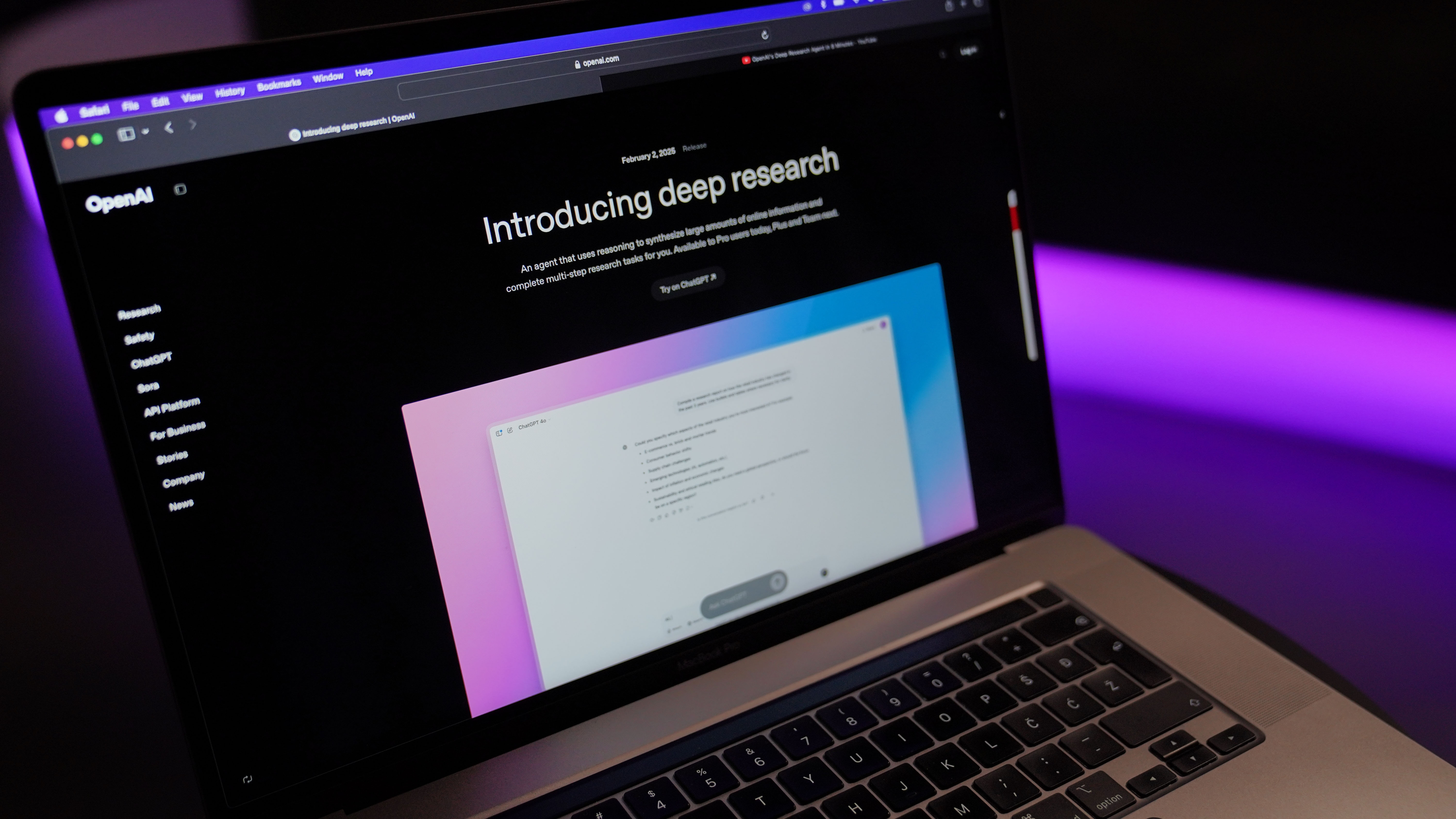



















































































































































![[The AI Show Episode 144]: ChatGPT’s New Memory, Shopify CEO’s Leaked “AI First” Memo, Google Cloud Next Releases, o3 and o4-mini Coming Soon & Llama 4’s Rocky Launch](https://www.marketingaiinstitute.com/hubfs/ep%20144%20cover.png)



















































































































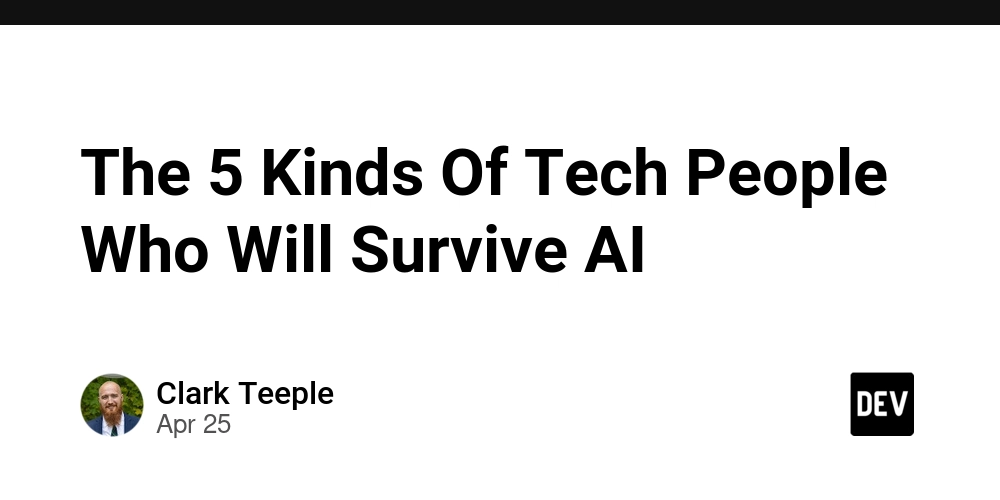


































































.jpg?width=1920&height=1920&fit=bounds&quality=70&format=jpg&auto=webp#)

































































-Resident-Evil-4-Remake-Review---SPOILER-FREE-RESIDENT-EVIL-4-REVIEW-00-04-20.png?width=1920&height=1920&fit=bounds&quality=70&format=jpg&auto=webp#)


































































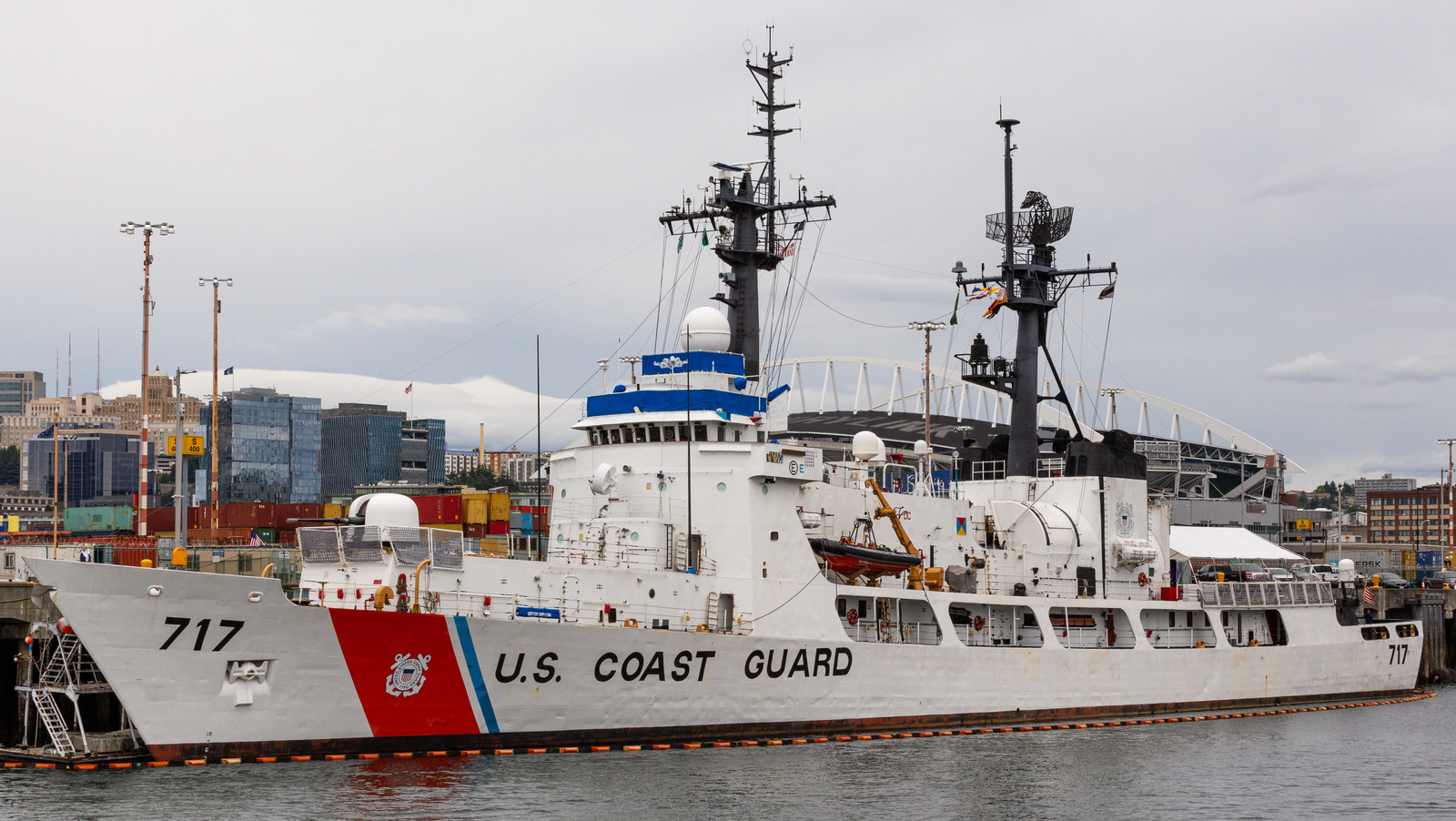








































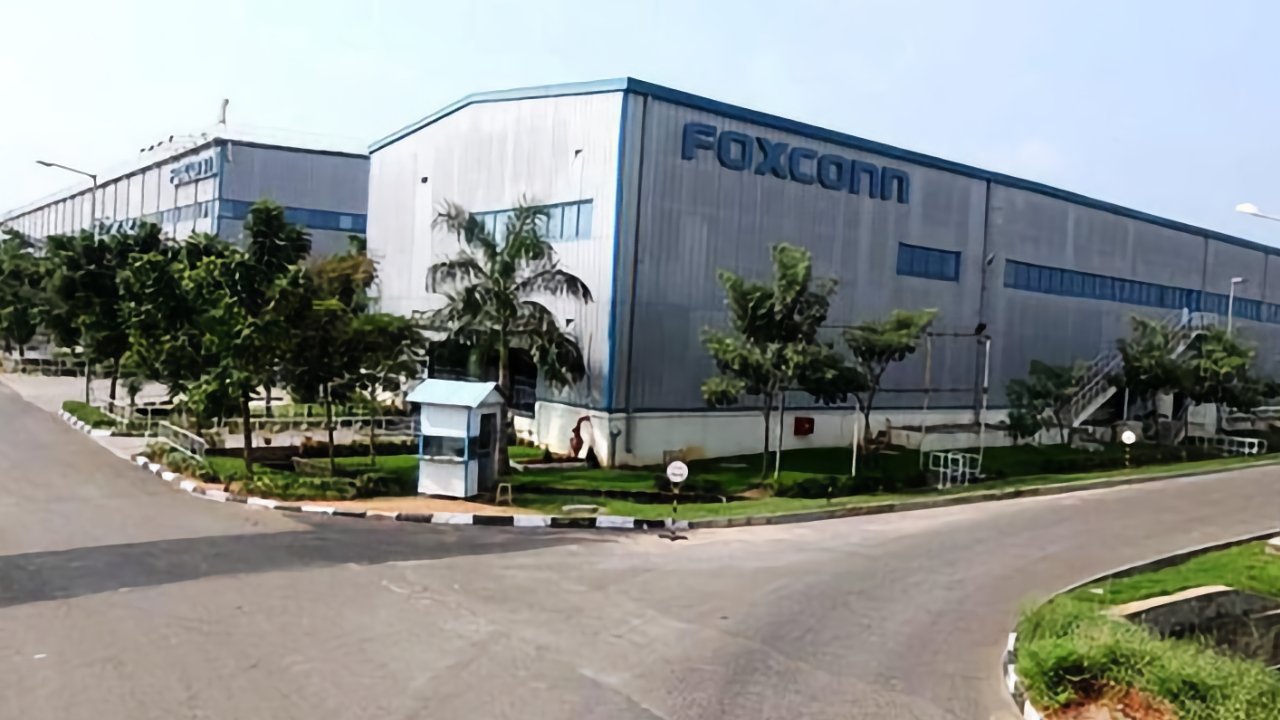



























![Apple to Shift Robotics Unit From AI Division to Hardware Engineering [Report]](https://www.iclarified.com/images/news/97128/97128/97128-640.jpg)

![Apple Shares New Ad for iPhone 16: 'Trust Issues' [Video]](https://www.iclarified.com/images/news/97125/97125/97125-640.jpg)








































